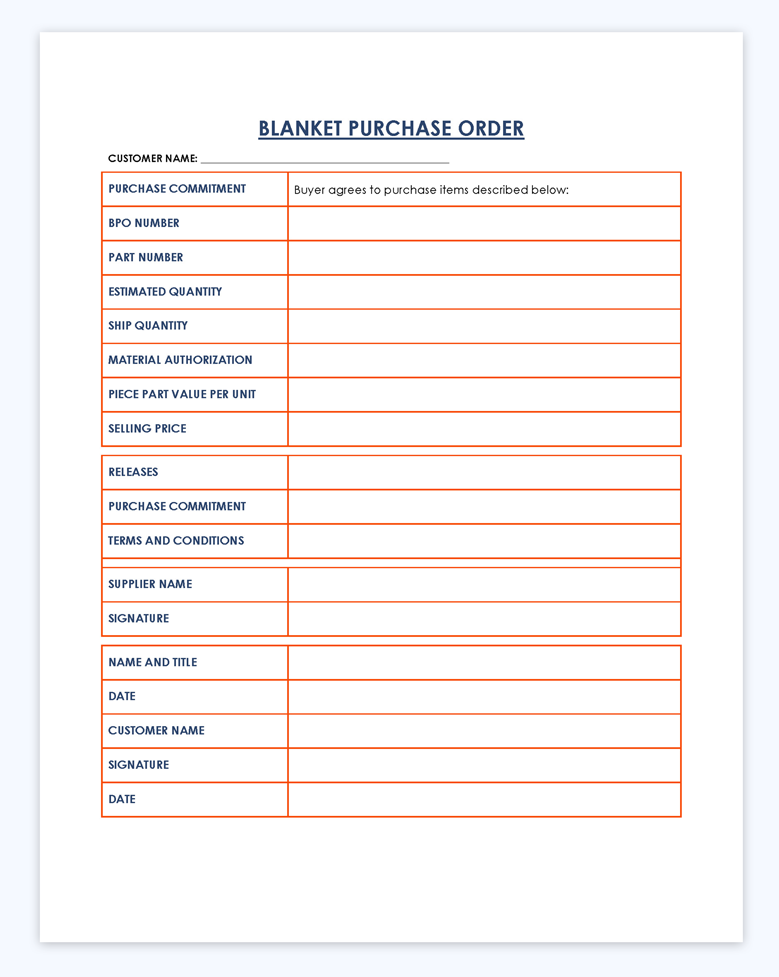
In the world of business, maintaining accurate records of purchases is crucial for the smooth operation of any organization. One essential tool that helps in this process is the purchase order form. A purchase order form is a document used by businesses to request and track purchases from vendors. It serves as a legally binding contract between the buyer and the seller, outlining the details of the transaction.
In this comprehensive guide, we will delve into the what, why, and how of purchase order forms, along with examples and tips for successful implementation.
What is a Purchase Order Form?
A purchase order form is a standardized document used by businesses to initiate and authorize a purchase from a vendor. It typically includes information such as the name and address of the buyer and seller, item descriptions, quantities, prices, terms and conditions, and payment details. This form helps streamline the purchasing process, ensure accuracy in orders, and provide a record of transactions for both parties.
Why Use a Purchase Order Form?
Using a purchase order form offers several advantages for businesses. It helps in maintaining accurate records of purchases, tracking expenses, and managing inventory effectively. By formalizing the purchasing process, businesses can reduce the risk of errors, miscommunication, and fraud.
Additionally, a purchase order form serves as a legal document that protects both parties in case of disputes or discrepancies.
How to Create a Purchase Order Form
Creating a purchase order form is a straightforward process that can be done using word processing software or online templates. Follow these steps to create a customized purchase order form for your business:
1. Start by including your company’s name, logo, and contact information at the top of the form.
2. Add fields for the buyer and seller information, including names, addresses, and contact details.
3. Include a section for the purchase order number, date of purchase, and payment terms.
4. List the items to be purchased, including descriptions, quantities, prices, and total amounts.
5. Include terms and conditions of the transaction, such as delivery dates, warranties, and return policies.
6. Add a section for authorized signatures from both parties to formalize the agreement.
Examples of Purchase Order Forms
To give you a better understanding of what a purchase order form looks like, here are a few examples of different layouts and designs:
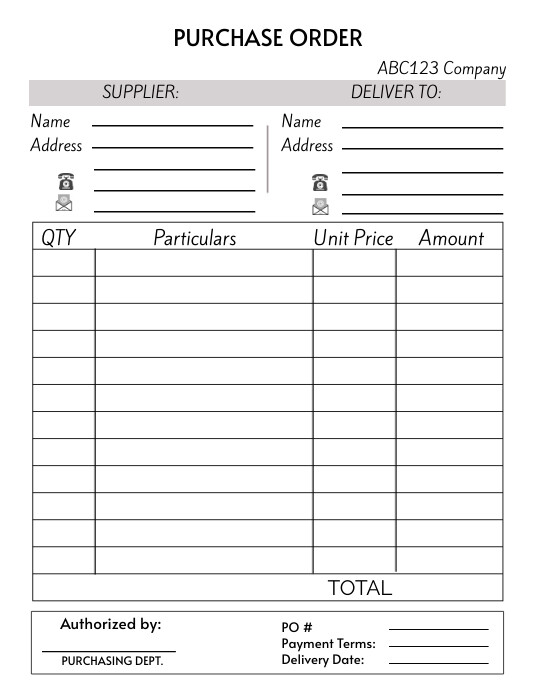
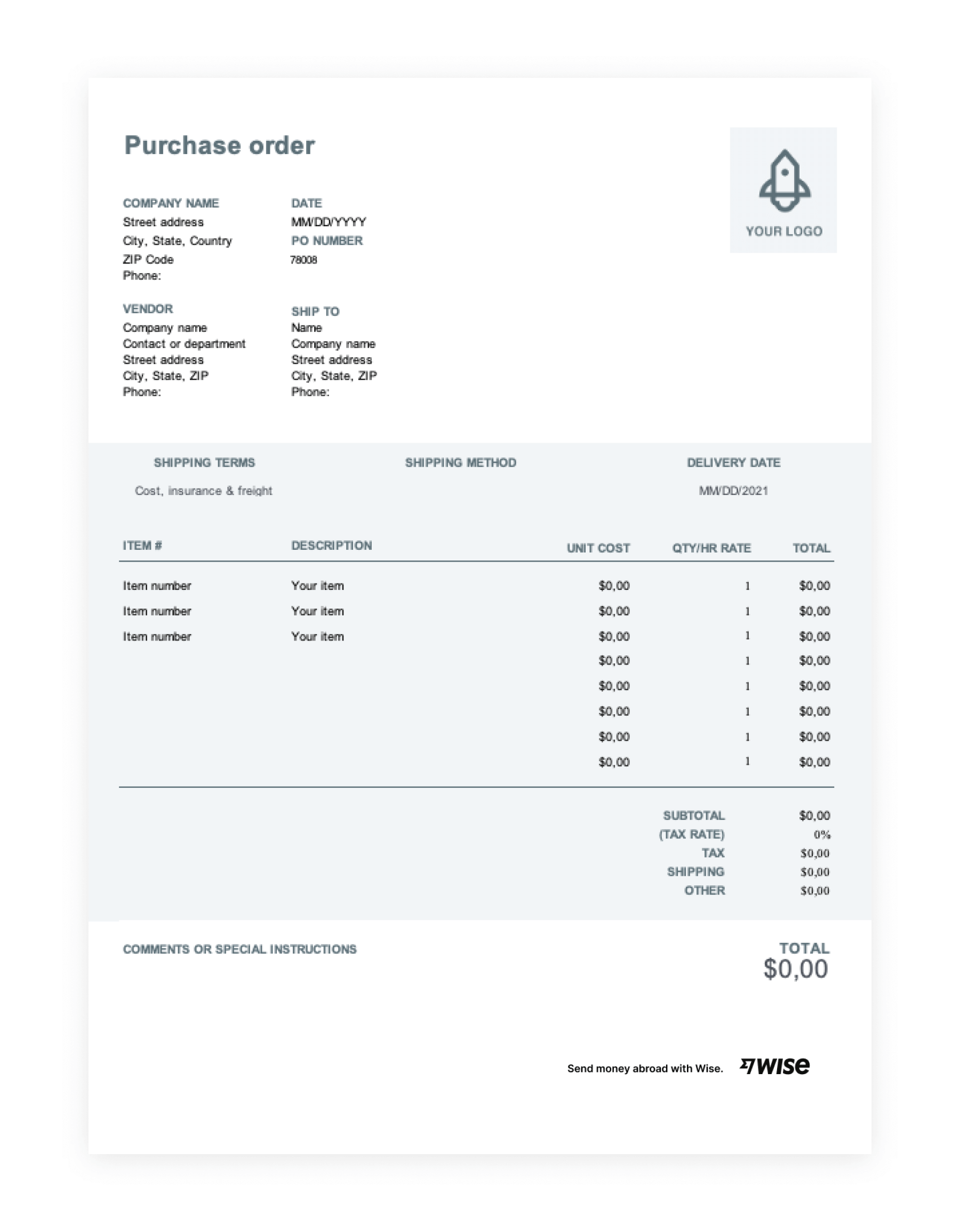
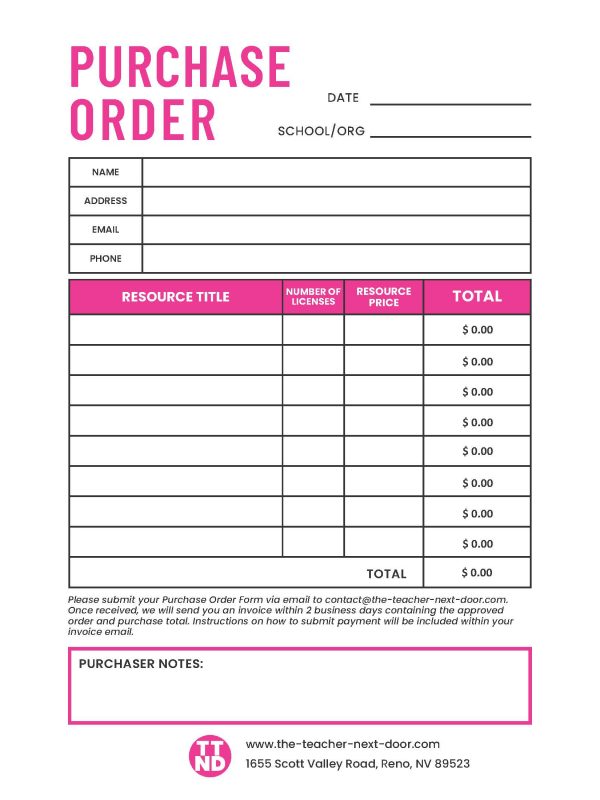
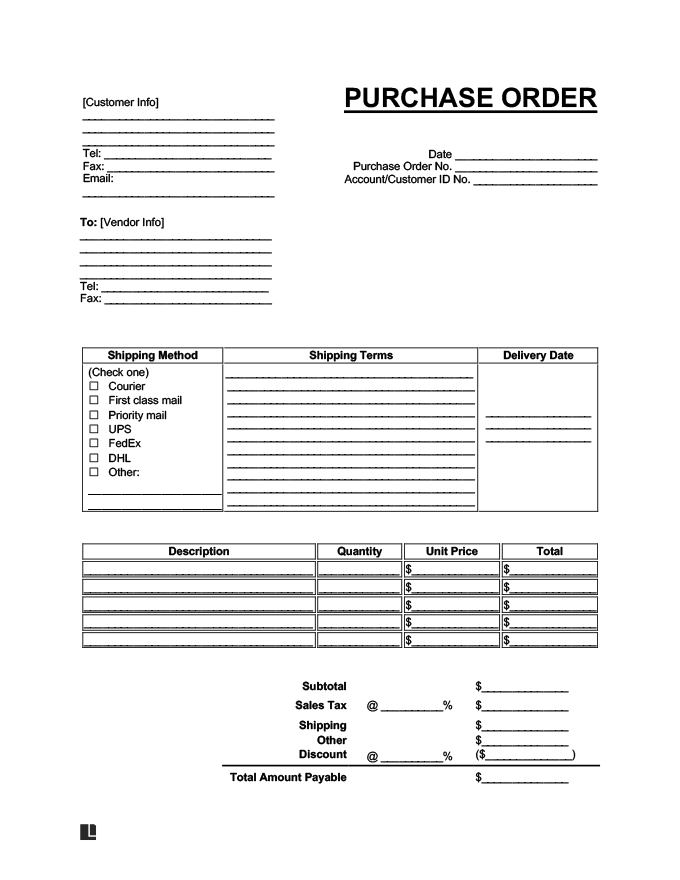
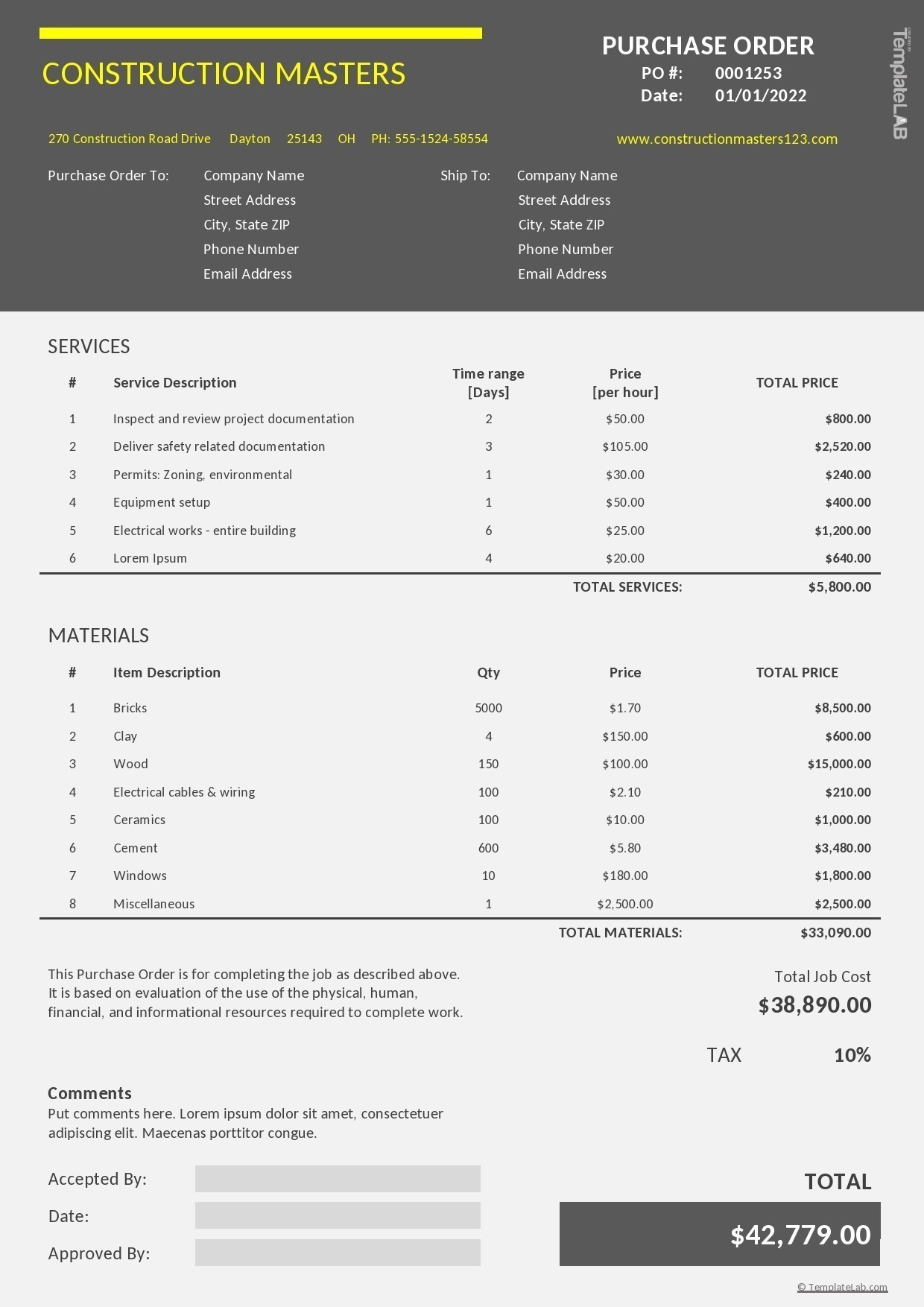

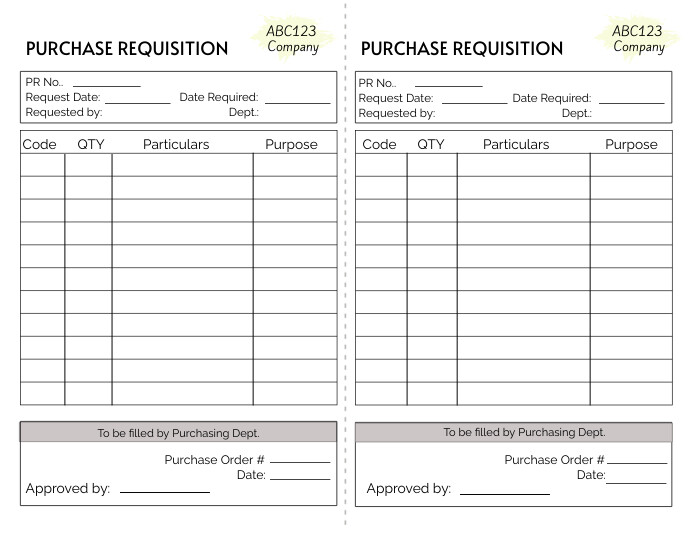

Tips for Successful Implementation of Purchase Order Form
Implementing a purchase order form in your business can significantly improve your purchasing process and financial management. Here are some tips to ensure successful implementation:
– Train your employees on how to use the purchase order form correctly
– Establish clear guidelines for creating and approving purchase orders
– Regularly review and update your purchase order process to address any issues or inefficiencies
– Communicate effectively with vendors to ensure timely and accurate fulfillment of orders
– Monitor and track your purchase orders to identify trends, cost-saving opportunities, and areas for improvement
In conclusion, a purchase order form is a valuable tool for businesses to streamline their purchasing process, maintain accurate records, and establish clear communication with vendors. By understanding the what, why, and how of purchase order forms, along with examples and tips for successful implementation, you can enhance your procurement practices and improve your overall business operations. Consider implementing a purchase order form in your organization to optimize your purchasing process and drive efficiency in your business.
Purchase Order Form – Download
- Gift Voucher Template - January 8, 2026
- Printable Gift Thank-You Note Template - January 8, 2026
- Free Printable Gift Tag Template - January 7, 2026